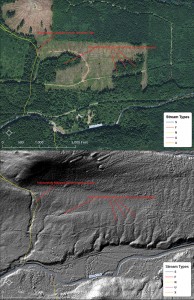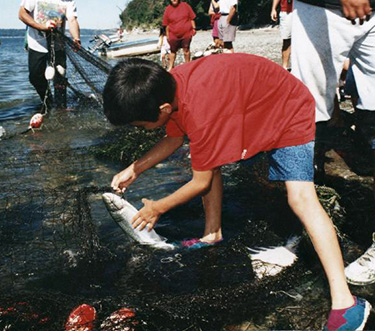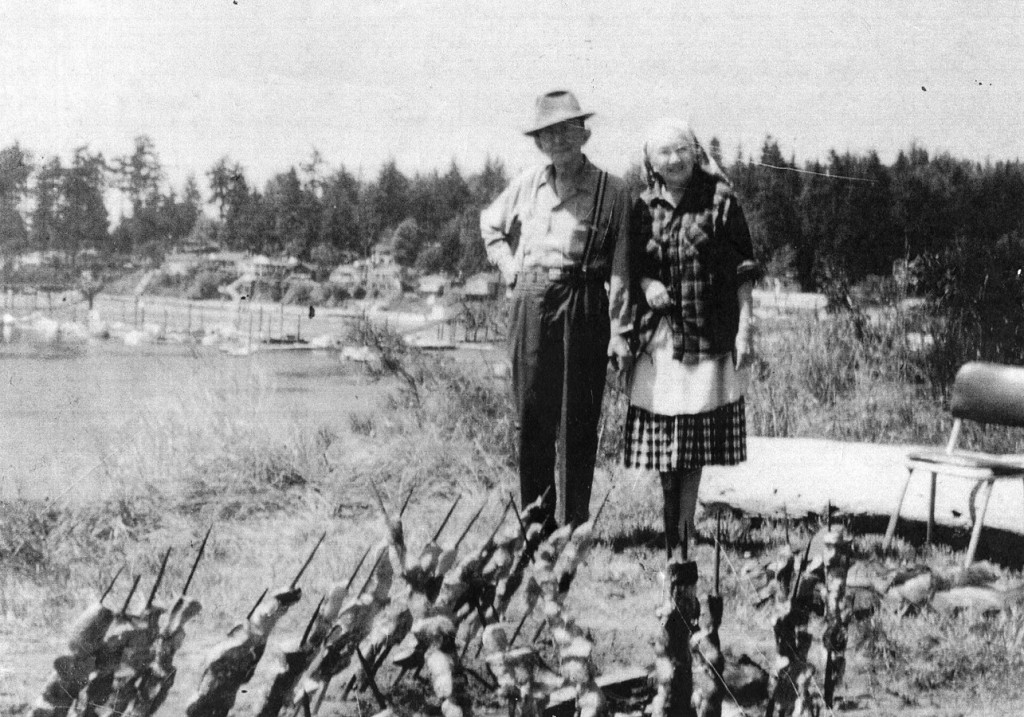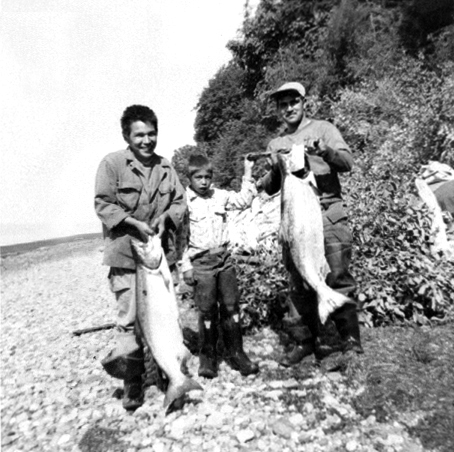By Bill Sheets, Herald Writer
A plan for studying issues related to a possible mini-dam on the South Fork Skykomish River near Index has been approved by a federal agency, despite Tulalip Tribes concern that the study won’t accurately assess the possible effects on fish.
The Snohomish County Public Utility District study plan will not gather enough information to determine the planned weir’s potential effects on juvenile salmon that migrate downstream, said tribal environmental liaison Daryl Williams in a letter to the Federal Energy Regulatory Commission.
“We have met numerous times with PUD and have provided extensive comments regarding the study plans and the proposed project but believe our comments were not adequately addressed,” Williams wrote in the letter, dated Feb. 18.
FERC determined that the PUD’s study plan was mostly adequate and sent a letter to the utility Jan. 30 giving it the go-ahead. Some small changes were recommended. Williams’ letter was in response to approval of the study.
The PUD could have the study done and ready for public comment by early 2015, spokesman Neil Neroutsos said.
If the utility formally applies to build the mini-dam, which it has yet to do, FERC would have the final say.
The possibility of any type of dam on the scenic stretch of river above Sunset Falls has drawn fierce resistance from neighbors and environmental groups.
The $133 million project would involve diverting water from a pooled area behind a seven-foot inflatable weir above Sunset Falls into a 2,200-foot pipeline downstream to a powerhouse just below the falls. It’s expected to generate enough power for about 10,000 homes. Some water would be allowed to flow over the weir.
Chinook, coho, pink and chum salmon spawn above the falls and head downstream.
The tribes have listed several conditions under which they’d support the project. They include assurance that stream flow will be adequate and establishment of a reliable fish-counting system. They don’t believe the PUD’s study plan accomplishes those goals.
Kim Moore, an assistant general manager for the PUD, acknowledged some differences with the tribes but said he thought the Tulalips and the utility staff were in agreement on most of the points.
“I was caught off guard by the tone of this letter” from the Tulalips, Moore said.
The South Fork Skykomish River is listed as a protected area by the Northwest Power and Conservation Council, a regional planning group based in Portland.
The designation does not prevent development, but FERC must take it into account in its decision on the project.
The PUD has asked the council for a rule change that would allow a mini-dam in a protected area if it can be shown that it’s helpful to fish and wildlife. A decision on that request could come this summer, council spokesman John Harrison said.
The Tulalips have said they could back the rule change if their conditions are met. Otherwise, “it is exceedingly difficult for the tribes to support exempting this site from the protected areas list,” Williams wrote in the Feb. 18 letter.
The PUD has agreed to monitor fish passage after the dam is built but did not include a fish count in the study to be done beforehand. Officials say it’s difficult to accurately measure the number of fry and fingerlings headed downstream.
“It’s an expensive proposition and it’s hard to get really good data,” Moore said.
FERC agreed with the PUD on that issue.
“Studying the out- migration timing of smolts in the project area is unnecessary because the timing is adequately understood,” the FERC letter reads.
The utility and the tribes also disagree on the amount of time needed to measure river flow to make sure that enough water will run over the weir to carry young fish downstream.
The PUD’s plan is to sample one migration season — this spring and summer. The tribes want two years of data.
“We don’t think there’s a need,” Moore said.
The agency again agreed with the PUD, in part. It recommended that the utility study at least three different flow conditions to provide a range of scenarios. If not enough data are collected this year, more studies could be required next year.
Moore said the PUD is doing the fish studies it believes are required by the federal government, 17 in all.
He hopes to work things out with tribal officials.
“We have overall a good relationship with the Tulalips,” Moore said. “I do not think we’re that far apart, quite frankly.”
Williams, too, said agreement is possible.
“I think there’s still some room to work with the PUD to try get part-way there on some of the issues, but we’re not there yet,” he said.



















